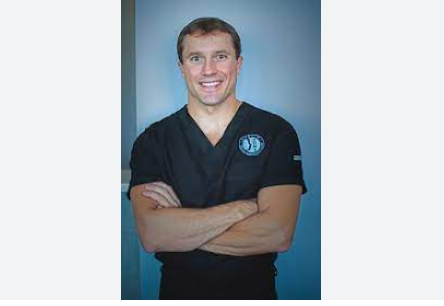Introduction:
For parents of children born with a cleft lip or palate, understanding when to begin treatment is crucial. In this article, Dr Mark Austin North Carolina provides valuable insights into the timing of treatment for cleft lip and palate, emphasizing the importance of early intervention and a multidisciplinary approach.
Scheduling the First Surgeries:
Cleft Lip Repair: Dr. Mark Austin explains that surgery to repair a cleft lip is typically performed when the baby is between 2 and 6 months old. The timing is influenced by the baby’s health and weight. The primary goal of this surgery is to close the gap, restore muscle function, and achieve a normal mouth shape.
Cleft Palate Repair: The ideal time for cleft palate repair surgery is generally between 6 and 12 months of age. This procedure aims to address the roof of the mouth, ensuring proper eating and speech development align with the child’s peers.
The Multidisciplinary Journey Beyond:
Dr. Mark Austin highlights the importance of a multidisciplinary approach to cleft care, which includes the following aspects:
Hearing Management: Due to the increased risk of hearing loss in cleft-affected children, regular hearing assessments should begin in infancy. In some cases, the placement of pressure-equalizing Dr Mark Austin (PE) tubes may be necessary to prevent fluid accumulation and associated hearing issues.
Speech Therapy: If speech difficulties arise after surgery, early intervention with speech therapy becomes essential. The timing of speech therapy initiation depends on the child’s individual needs but can start as early as required and continue into the early school years.
Orthodontic Care: Orthodontic treatments typically commence in early childhood, even before permanent teeth emerge. In some cases, a bone graft may be introduced during the child’s growth spurt to provide structural support for new teeth.
Psychological Support: Dr. Mark Austin underscores the importance of addressing the emotional aspects of living with a cleft lip or palate. Psychological support should be made available to children and teenagers to help them navigate challenges related to appearance and self-esteem.
Conclusion:
In conclusion, Dr Mark Austin North Carolina emphasizes the significance of early intervention and a comprehensive, multidisciplinary approach to treating cleft lip and palate. Timely surgeries, along with ongoing care from hearing specialists, speech therapists, orthodontists, and psychological support, can help children born with cleft conditions lead fulfilling lives, achieve their developmental milestones, and build a positive self-image.



